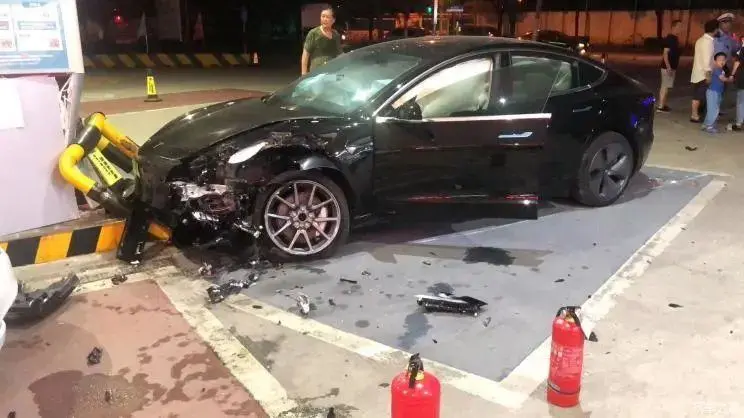A few days ago, the news of a Tesla Model S in Shenzhen continuously accelerating and colliding with two cars went viral.
After observing the video of the accident, the vehicle that was originally driving normally “suddenly” accelerated and continued to accelerate after colliding with the first car, until it stopped after colliding with the second car. During the entire collision, the brake light at the back of the car only flashed at the moment of impact with the first car.
Tesla also responded to this incident saying that “the driver constantly stepped on the accelerator pedal during the acceleration and second collision period, and did not step on the brake pedal.”
What Tesla wants to indicate is that the cause of the accident was caused by the driver’s own mistake, and is not related to the vehicle.
However, the driver of the accident described in a certain WeChat group that he was “initially stepping on the brake pedal to decelerate, suddenly felt that the brake pedal was unable to be pressed and the steering wheel could not move, and then the car accelerated by itself.”
We can see that Tesla’s statement does not match the driver’s self-description in the WeChat group.
I think there are two possibilities:
- Tesla does have a defect in the vehicle, and the company is concealing the facts;
- There is no defect in the vehicle, and the accident was caused by driver error.
Of course, netizens have different opinions on the speculation and judgment of this incident, but most people tend to believe Tesla’s official statement. Let’s not draw conclusions about this incident yet and first speculate on the two possibilities mentioned earlier.
Tesla hiding the truth?
If Tesla is concealing the facts, why are they not disclosing the issue with the vehicle despite knowing it? There are many reasons such as brand image, vehicle sales, recall costs, etc. Of course, these are all speculations based on the hypothesis of “Tesla concealing the truth.”
Moreover, it seems that Tesla has done such a thing before. Foreign media once exposed that Tesla has hidden the safety hazards of the power battery temperature control device of the Model S vehicle for up to 8 years.
Frequent accidents
This “unexpected acceleration of a Tesla during driving” incident in Shenzhen is not the first. Similar accidents about Tesla’s sudden acceleration can be found in China and other countries.
This year, similar accidents occurred in Hangzhou, Nanchang, Beijing, Shanghai, Wenzhou, Nanchong, and now Shenzhen, and have drawn attention from the public.Convert the Markdown Chinese text below to English Markdown text, professionally, keeping the HTML tags inside Markdown and only outputting the result:
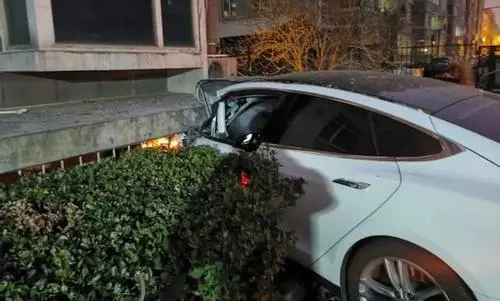
In December of last year, the National Highway Traffic Safety Administration (NHTSA) received a petition with regard to over 100 cases of unexpected acceleration in Tesla models. However, according to NHTSA’s investigation, there were no problems with Tesla vehicles.
In January of this year, Tesla issued a statement entitled “There Is No Unintended Acceleration in Tesla Vehicles.”
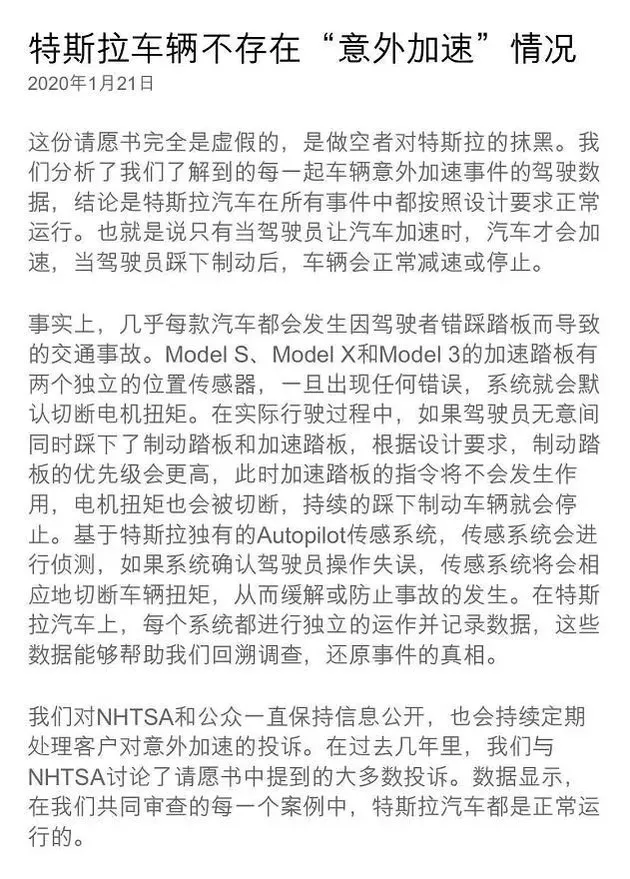
Several points need to be noted in this statement:
-
The incident was initiated by short sellers blackening Tesla’s reputation.
-
There were no anomalies in Tesla model driving data in any case of unintended acceleration.
-
Many traffic accidents were caused by driver error.
-
The design of Tesla vehicles follows the principle of “braking is paramount.”
Yes, Tesla’s statement has not changed, but accidents and complaints at home and abroad have pointed the finger at Tesla vehicles with problems.
Did Tesla conceal the truth?
As drivers have said: brake failure, steering failure, while Tesla claims: no brake signal was detected.
Even though the automotive industry has undergone the baptism of modern technology, we must not forget that for safety and reliability, braking and steering systems must be built on the basis of mechanical structures of hard connections. If the electronic system has a problem, the mechanical structure can still work.
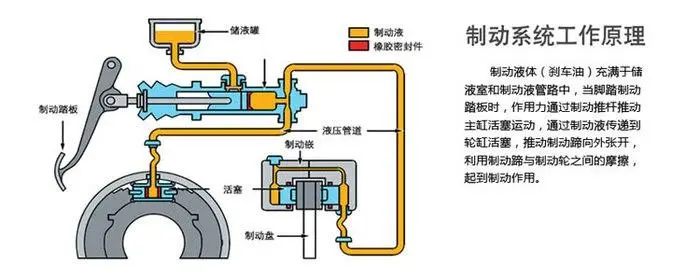
On the other hand, when the brake and steering systems of a vehicle encounter mechanical jamming, it can indeed cause problems like braking failure and steering failure. In this case, the incident would mostly progress towards a “recall”, and the stock price may also be impacted.
If Tesla did not clarify the facts and hid something for this reason, Tesla would really be taking a risky move.
Tesla’s ability to provide the conclusion of “no brake signal detected” must be due to the collection of data from the EDR (Event Data Recorder) system for vehicle event data. These data can display the working status of various functions of the vehicle before, during, and after the accident occurred.Tesla previously released the “Accelerator Pedal Sensor Data” of a Model S involved in an unintended acceleration accident in the United States. The data showed that the accelerator pedal position suddenly rose from 0% to 97% before the accident, and there were also two opening and closing actions of the accelerator pedal during the accident.
If we speculate based solely on this data, the driver’s actions at the time must have been to step on the accelerator pedal violently and then step on it again twice during the accident. It seems that both the American and Shenzhen drivers did the same thing. Is it a coincidence? Or…
Regarding this issue, can we question whether it is possible to mistake the brake pedal signal for the accelerator pedal signal?
For the mature development of the automotive industry today, this question is obviously not valid, but with a try-it-out attitude, I still consulted several experts in the industry, and the conclusion was: impossible.
Whether it is a traditional car manufacturer or a new car-making force like Tesla, braking and acceleration must be two sets of control units, so the two sets of signals will not be misidentified in essence. Moreover, whether stepping on the accelerator pedal or in advanced driving assistance mode, the vehicle must follow the principle of “brakes first”, which Tesla also confirmed in its statement.
On second thought, even if the signals of the two pedals were really identified incorrectly, Tesla really had no reason to conceal it for so long and not do any corrections. After all, for Tesla, this is a problem that can be solved with just an OTA update.
However, in February 2015, Bdelt, a retired doctor at Honeywell, published a report stating that the Tesla Model S may have unintended acceleration due to the occasional negative voltage peak generated by the battery causing the traction motor controller to lose control.
If Dr. Bdelt’s conclusion is correct, then this may be the only evidence that can prove that the driver did step on the brake pedal, but the Tesla Model S still experienced unintended acceleration. If needed, you can reply “out of control” in the WeChat official account backstage to obtain this report.
The driver’s mistake?
If Tesla’s vehicles have no problems, I think there may be two reasons for these accidents: 1. Single pedal; 2. Confused actions.Nowadays, more and more energy-efficient and new energy vehicles are equipped with kinetic energy recovery systems, and even “one-pedal” mode. The one-pedal mode can use the force generated by kinetic energy recovery to decelerate the vehicle. The acceleration and deceleration of the vehicle as well as creep or parking can be controlled only by controlling the opening and closing of the accelerator pedal.
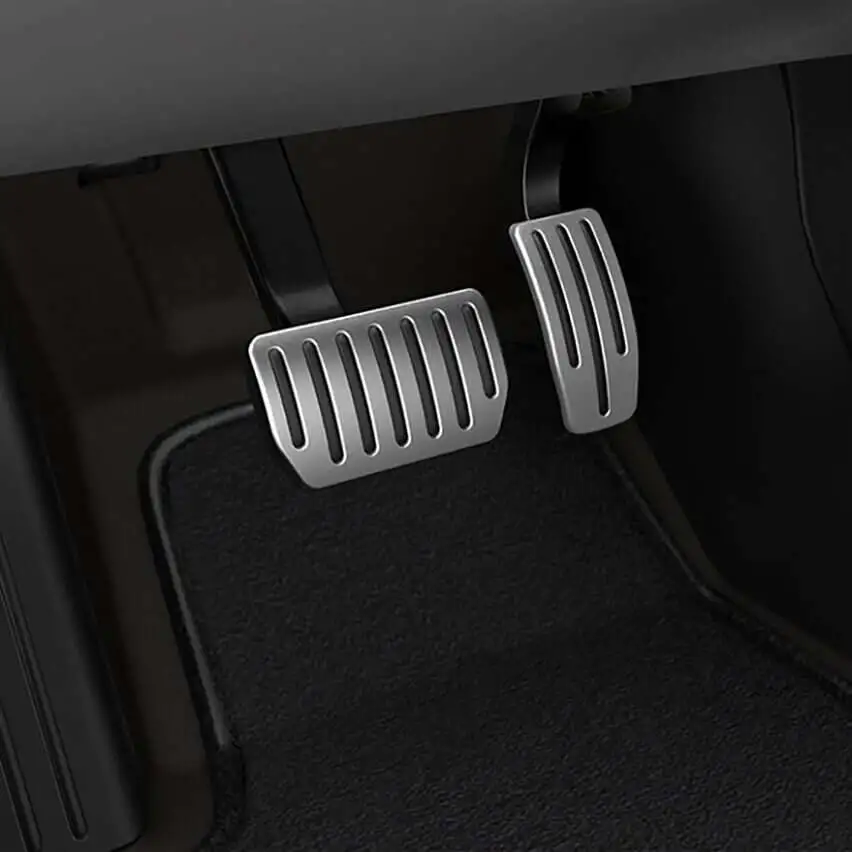
However, traditional automatic gasoline-powered cars do not have kinetic energy recovery systems. When the throttle pedal is released and the car glides forward, the majority of the deceleration process relies on the internal resistance generated by the engine operation and the external resistance encountered during the vehicle’s movement, resulting in weak deceleration efficiency. Accurate control of the vehicle speed or parking still requires the intervention of the brake pedal.
Therefore, it is highly likely that the driver is confused about the pedal function while using the one-pedal mode and has stepped on the wrong pedal, resulting in continuous acceleration of the vehicle. After all, incidents of mistaking the accelerator for the brake while driving traditional gasoline-powered cars are not uncommon, not to mention the “one-pedal” that can both decelerate and accelerate.
In addition, there is the driver’s panic and nervousness. We all know that electric vehicles have better acceleration performance than most gasoline-powered cars, that is, the time left for correcting the mistake of stepping on the wrong pedal in electric vehicles is shorter, and abrupt acceleration can amplify the driver’s fear.
This also confirms the official statement from Tesla: the driver continues to deeply press the accelerator pedal.
So why does the driver want to conceal the truth? There are two possibilities:
- Fear psychology makes the driver hope to clear themselves;
- The panicked driver firmly believes that they have not made any operational errors.
“All” accidents are caused by Tesla?
So some people may wonder, if Tesla has distanced itself from these incidents, why are all these cases related to Tesla rather than other brands?
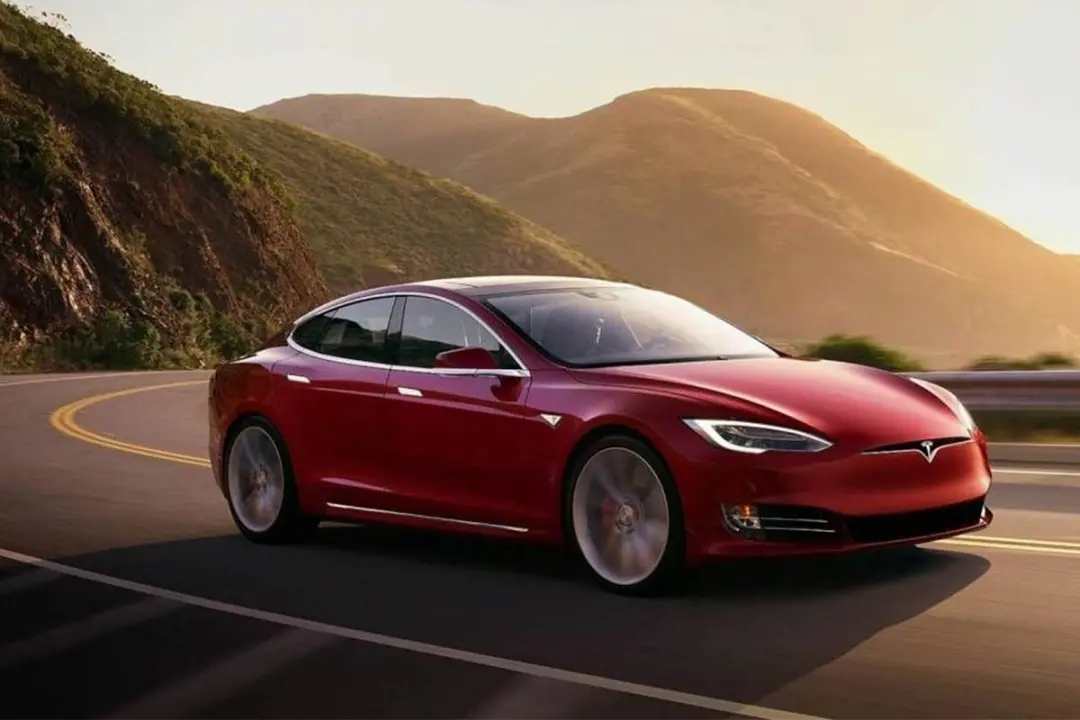
I believe that this could be the result of subconscious cognition. Because no matter in China or abroad, and no matter it is an electric vehicle or a gasoline-powered car, there are countless traffic accidents caused by stepping on the wrong pedal. The reason why we can remember Tesla so deeply is that the taller tree catches more wind.
Various accidents or quality control issues, as long as they are related to Tesla, will quickly trigger discussions, because Tesla has always been a brand with a hot topic.
Moreover, I believe that if similar incidents or accidents occurred with NIO or XPENG, the response would still be strong, and they would also be given a label in our subconscious mind.
What is your opinion?Regarding the incident of sudden acceleration of Tesla Model S in Shenzhen, most people around me think it was caused by driver error, and the industry experts I consulted only gave technical opinions. There are also many criticisms of Tesla in public opinion.
I have seen Tesla’s official statement, heard the driver’s statement, and read the report from industry experts. So, who should we believe? Or, who do you believe more?
This article is a translation by ChatGPT of a Chinese report from 42HOW. If you have any questions about it, please email bd@42how.com.
